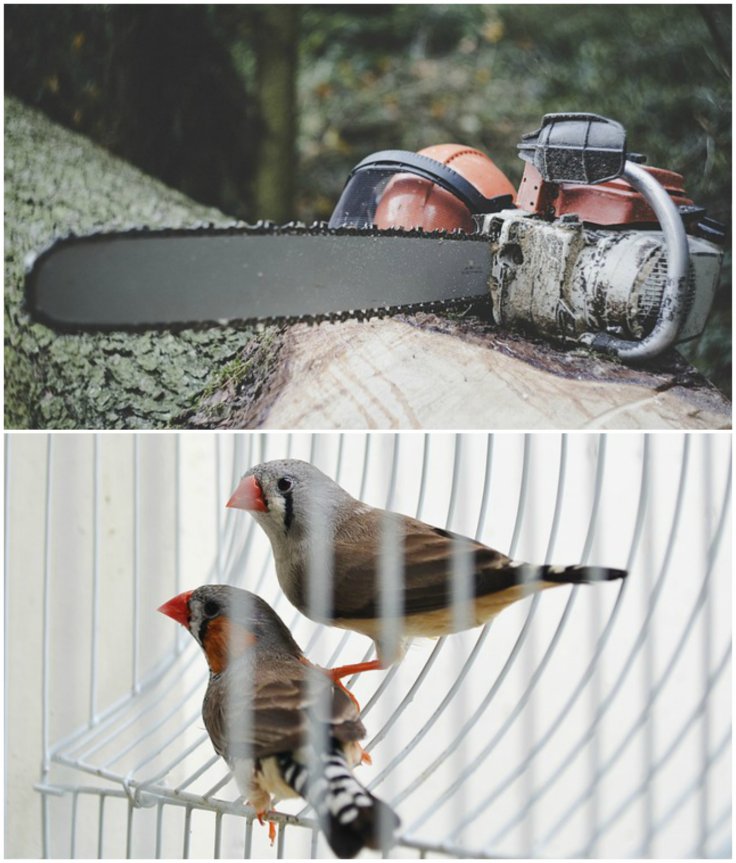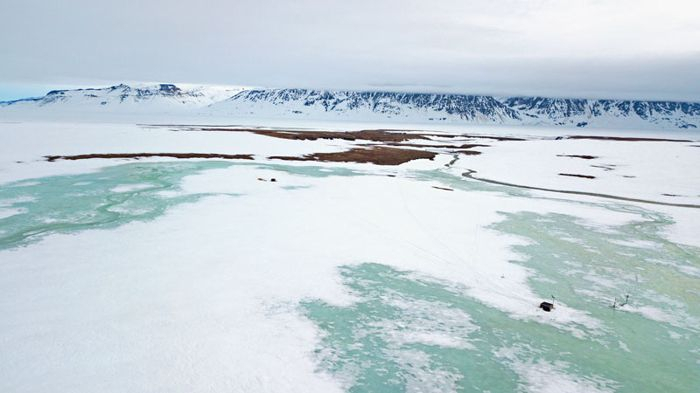Last year was a barren year for birds and bees in the Arctic. The snow that fell and piled up throughout the first half of the year overpowered the land and stayed on for too long. It prevented the breeding of many species, said a study.
Published in PLOS Biology, the research paper focused on winter in northeast Greenland. The summer of 2018 was a bleak and sterile season for Zackenberg Valley here and on June 24, the date when snow coverage comes to a stop did not do so, indicating that snow melt was "extraordinarily" pushed back. While plant growth and animal reproduction rates shoot up in July, it was worrying to see that almost 45 percent of the land area was still blanketed.
After two decades of annual explorations, Niels Martin Schmidt at Aarhus University in Denmark and his team found that there was a near-total reproductive collapse in the complete food web of northeast Greenland.

The story was quite frightening. Schmidt found that plants blossomed pretty late in summer. There were no insects and migratory birds did not give birth. Five shorebirds were killed due to lack of food. There were no new cubs or calves that spelt promise for the Arctic fox (Vulpes lagopus) and the muskox (Ovibos moschatus) species.
Schmidt admitted that his team was "shocked" at the reproductive failure. However, later on, plants and insects did begin the reproductive cycle again and almost came back to normal. However, the larger animals' reproductive systems seemed to be more affected.
He noted that while the study was important for establishing the importance and value of long-term study of the Arctic, it also indicated that paying attention to the entire Arctic ecosystems could bring in the complete import of the effect of climate change.

Researchers are confident that extreme snowfall will not eliminate these species, yet weather changes that led to failure in reproduction would increase even as the world's climate changes creep in.
"One non-breeding year is hardly that bad for high-Arctic species," said Schmidt. "The worrying perspective is that 2018 may offer a peep into the future, where increased climatic variability may push the arctic species to—and potentially beyond—their limits."
The study authors conclude: "These observations, we suggest, should open our eyes to potentially drastic consequences of predicted changes in both the mean and the variability of arctic climate."









